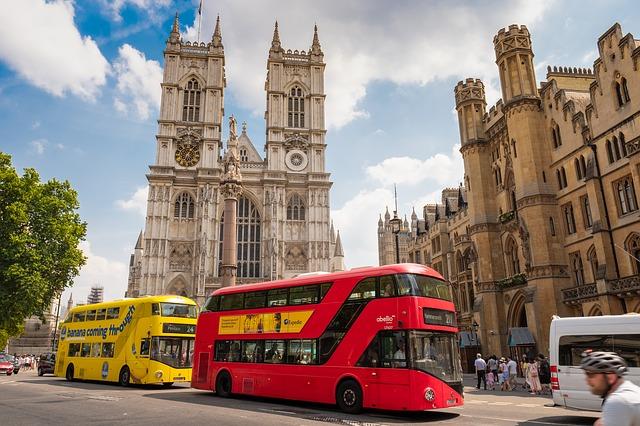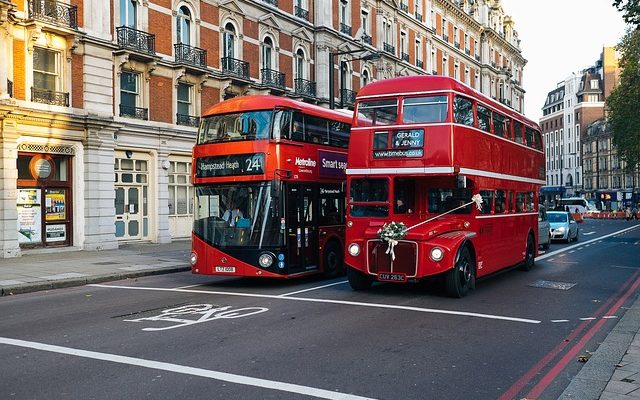Everyone can recognize a London bus. They have become one of the most recognized symbols of London alongside such icons as Big Ben and the London Eye. In recent years though, their look has changed and they have become more streamlined and modernized in their look rather than the old school style that had been prevalent for so many years.
Why are London Buses red?
The reason for the colour of London buses dates back to the 1900s. At this time the buses were owned by multiple rival companies and in fact all the buses were painted different colours in order to signify which route they were on. The LGOC or London General Omnibus Company owned the majority of the buses and painted their entire group of buses bright red in 1907. This was simply in order to stand out from the rest. By 1933 this iconic red colour was also used by London Transport and it has stayed this colour ever since. It is in fact the same red colour that has been used on many logos before and since on such logos as the Royal Mail, Kit Kat and now MacDonald’s/

The Roundel Logo
In 1912 the London General Omnibus Company merged with the Underground Group and thus united the bus service and the subway in the unity that they still share today. The roundel symbol used the wheel with wings that was the LGOC’s symbol and added the bar and the circle that was synonymous with the Underground. These were both used on maps in order to help potential passengers see which route they could take. It then transferred to being the logo for the company and thus a way of commercial advertising for both parties.
The Bus and the Pigeon
An unusual combination of the London bus service and pigeons actually helped the war effort. In 1902, the LGIC started motorbuses with the idea of competing with the London Railway. The most successful bus was called the B-Type bus and over nine hundred of these buses were actually used to move soldiers in the First World War. Some of these were even converted to be able to house carrier pigeons, which further aided the war against Germany.
The Routemaster
This is the classic London bus and what most people think of when talking about London buses. Sadly, in December 2005 all of these were withdrawn from use and the more modern version was put in service. However there are still just two of these buses still being used on Heritage routes – Route 9 and Route 15.
Pirate Buses
After the First World War ended there was a shortage of buses in London. Mr A.G Partridge realised he could make money for himself by putting up an independent service on the busier routes. Soon other companies copied suit and by 1924 there were 200 of them. These buses didn’t stick to particular routes and could take short cuts getting passengers to their destinations that little bit faster. Soon there were races between these pirate buses and the official LGOC ones.
